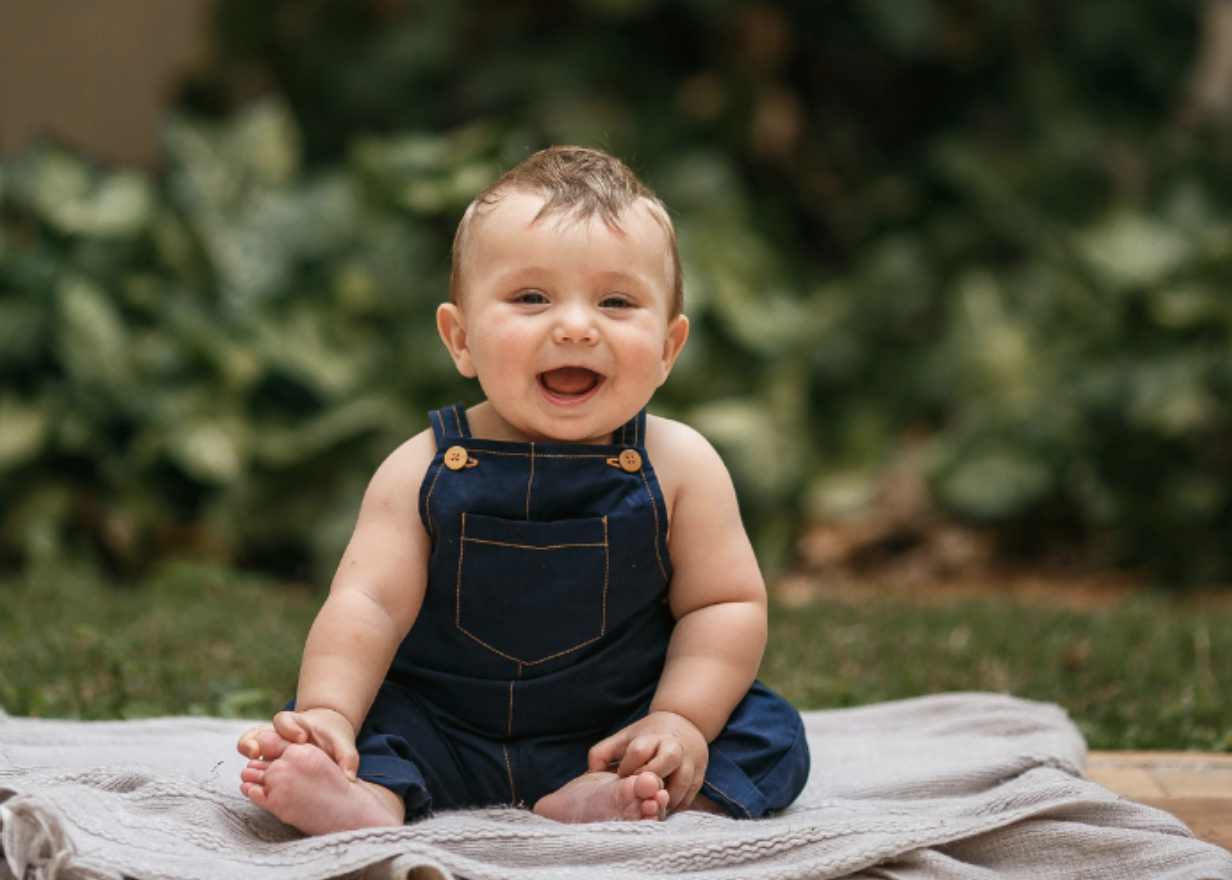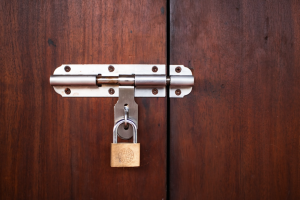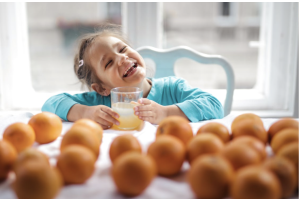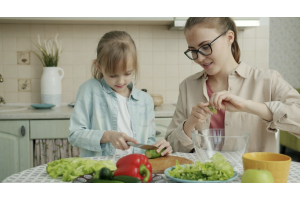The Importance of Teaching Babies About Safety from Day One

As parents, we are constantly thinking about our babies’ well-being. From the moment they are born, safety becomes a top priority. We’re always considering how to swaddle them, how to choose the safest sleeping environment, or understanding the best ways to protect them from common dangers. Each decision we make plays a crucial role in their development and long-term health. One of the most important aspects of early childhood development is teaching babies about safety, and it starts from day one.
Newborns may not be able to understand complex concepts, but they can still benefit from safe practices that ensure their physical comfort and well-being. Safe sleep practices, in particular, are essential for a baby’s health during the early months of life. With the right tools and knowledge, parents can create a secure environment that promotes both physical safety and emotional comfort.
Safe Swaddling: The Foundation of a Good Night’s Sleep
For many new parents, one of the first decisions they’ll make is how to properly swaddle their baby. Swaddling is an age-old practice that helps newborns feel secure and comfortable, mimicking the feeling of being in the womb. However, not all swaddling techniques are created equal. Incorrect swaddling can lead to discomfort or, in worse cases, dangerous situations, such as overheating or restricted movement.
The key to safe swaddling lies in ensuring the baby is snug without being too tight. This allows for proper movement of the hips and legs while still providing a feeling of security. Woombie’s peanut-shaped swaddle is a perfect example of an innovation that focuses on both comfort and safety. Its design helps prevent the common issues seen with traditional swaddling methods, such as unraveling or the risk of suffocation.
By prioritizing safe swaddling from the start, parents can ensure that their babies enjoy peaceful, uninterrupted sleep, which is critical for their physical and cognitive development. As babies sleep, their bodies and brains are busy growing, and safe sleep practices help ensure they get the rest they need without compromising their health.
Creating a Safe Sleep Environment
The importance of a safe sleep environment cannot be overstated. According to the American Academy of Pediatrics, babies should always sleep on their backs, in a crib or bassinet that meets safety standards, and free from soft bedding, pillows, or stuffed animals. This helps to reduce the risk of sudden infant death syndrome (SIDS) and suffocation.
A safe sleeping environment also involves the temperature and how the baby is positioned. Overheating is a common concern, and many parents wonder about the best ways to regulate temperature during sleep. Using safe, breathable fabrics for swaddles, such as those used in
Teaching Babies About Safety
Babies are too young to grasp concepts such as “safety,” but there are ways to lay the groundwork for these lessons early on. One of the best ways to teach children about safety is to model safe behaviors consistently. For example, when swaddling your baby, always make sure the swaddle is properly secured but not too tight. Use safe sleep practices consistently, and make sure the baby’s sleep area is free of any potential hazards.
As babies grow, parents can continue to teach safety by reinforcing the importance of making safe choices. While these lessons won’t be fully understood at a young age, the foundation laid in those early months will make it easier for them to absorb more complex lessons as they get older. As children begin to explore their world, parents can use age-appropriate tools to teach them about personal responsibility and safety.
In fact, some educational resources, like those from Tuttle Twins, can be helpful when introducing concepts such as personal responsibility and how to protect oneself in various situations. These types of materials provide a valuable foundation for later lessons about safety, helping to shape a child's understanding of why safety practices are important from an early age.
The Role of Parents in Promoting Safety
The responsibility for teaching safety doesn’t just fall on one person, it’s a team effort. Parents, caregivers, and other family members must all be on the same page when it comes to creating a safe environment for the baby. For instance, when one caregiver is swaddling the baby, they must make sure they follow the same safety guidelines as another caregiver might.
Consistency is key when it comes to teaching babies about safety. It’s also important for parents to stay informed about the latest safety guidelines and products available. By choosing products like Woombie’s patented swaddle, which is rigorously tested for safety, parents can feel confident that they are providing the best care for their babies.
The Impact of Safety on Long-Term Health
It’s easy to overlook how early safety practices can affect a child’s long-term development. Babies who sleep in a safe environment are more likely to develop healthy sleep habits, which are essential for their overall growth. Getting adequate rest supports brain development, immune system function, and emotional regulation. Babies who are comfortable and secure during sleep are more likely to experience uninterrupted, restorative sleep, which contributes to their well-being as they grow.
Moreover, teaching babies about safety early on creates a culture of responsibility that will benefit them as they mature. As they get older, they will learn to make decisions based on what they know about keeping themselves and others safe. By starting these lessons from day one, parents help create a mindset that values safety, health, and responsibility.
Conclusion
Teaching babies about safety from day one is more than just a matter of comfort, it’s a matter of health and well-being. From safe swaddling to creating a secure sleep environment, every decision parents make contributes to their child’s safety and development.
The lessons of personal responsibility and safety don’t stop with infancy. As children grow, the foundations set during their early years will continue to shape their understanding of the world and their role in it. Resources like Tuttle Twins offer educational materials that help parents reinforce these concepts, laying the groundwork for a future of informed, responsible decision-making.






